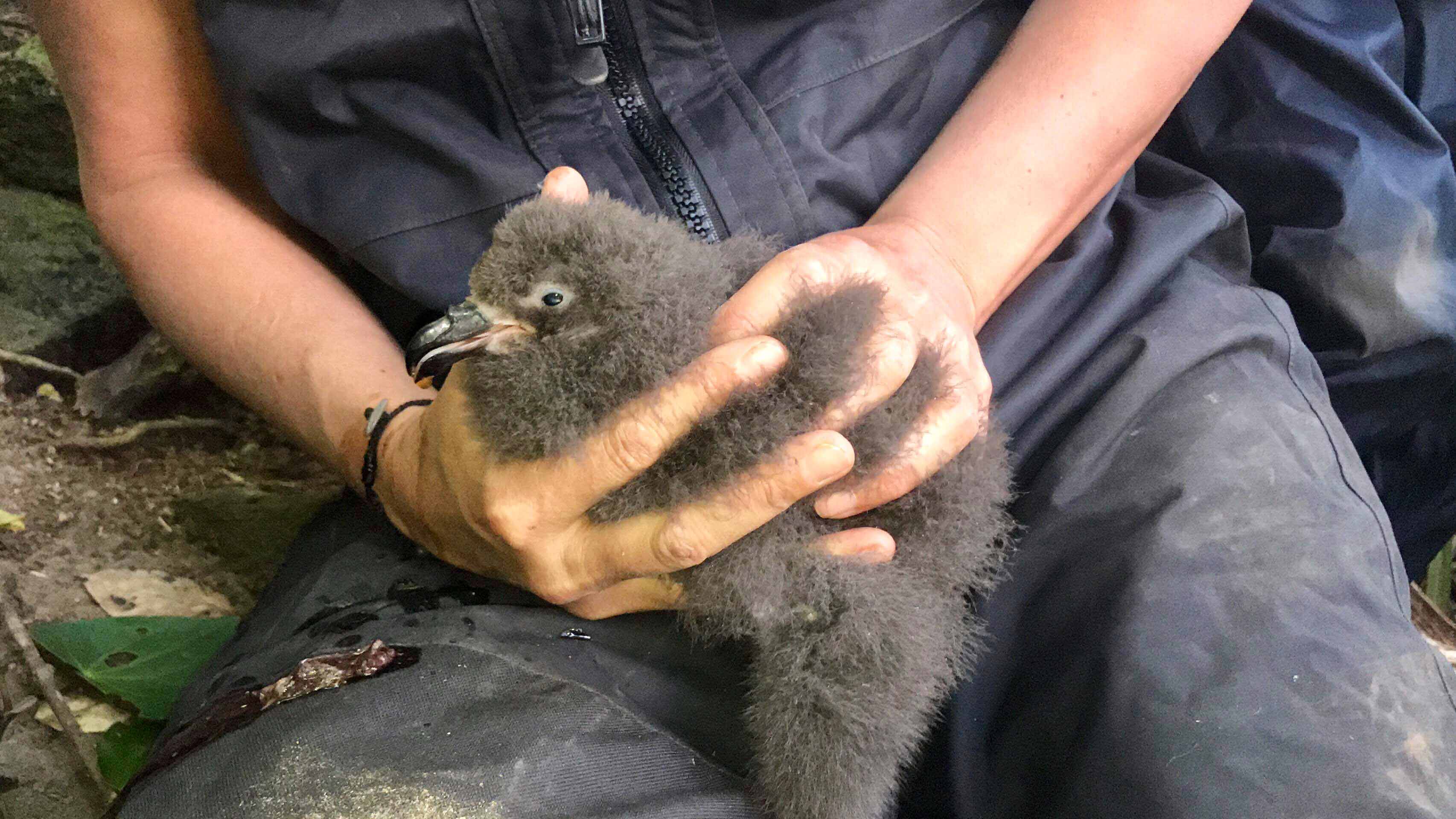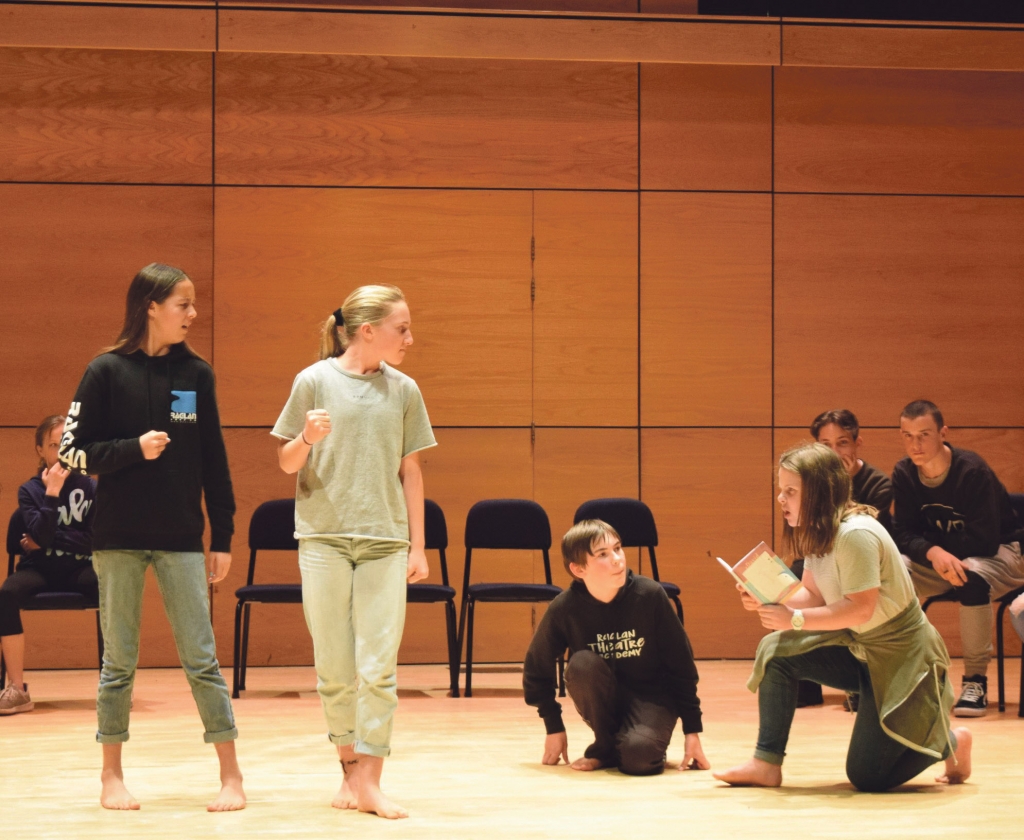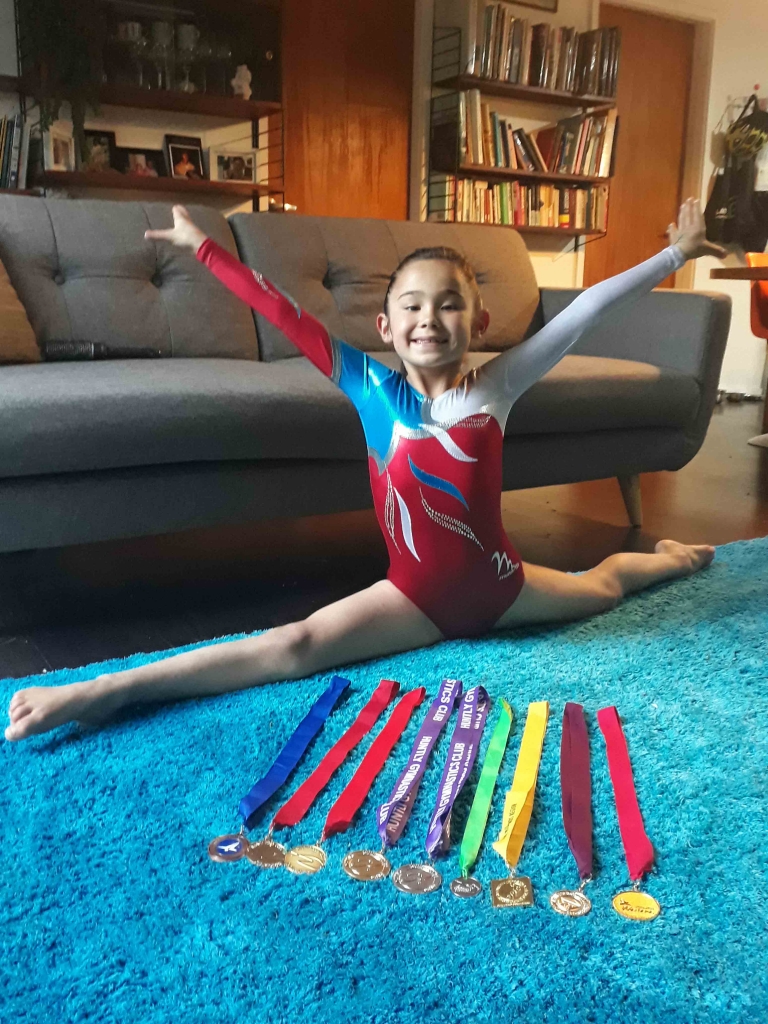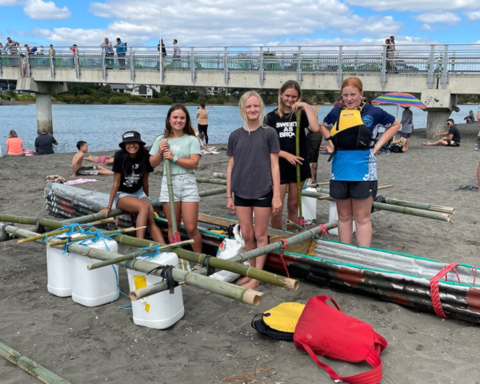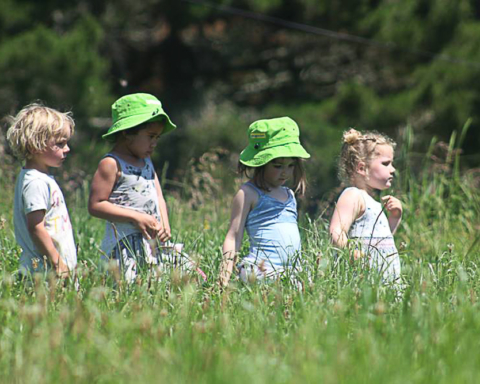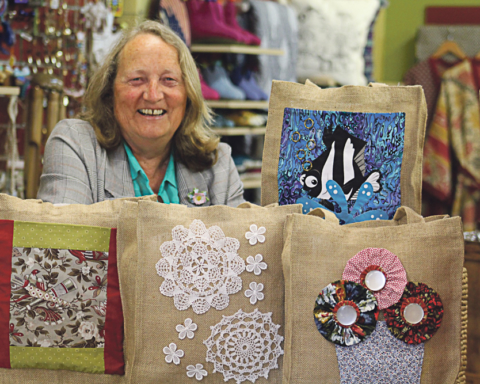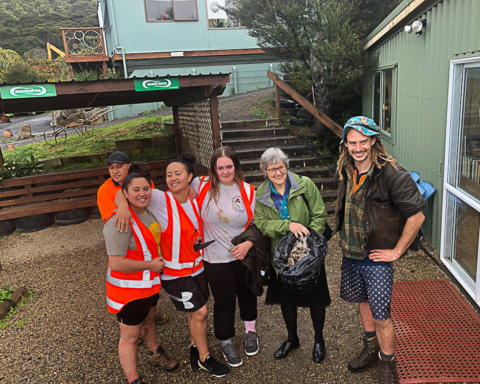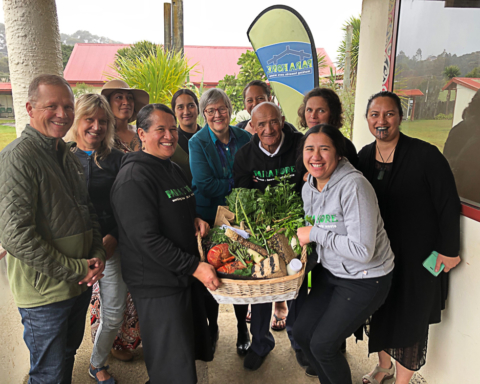Oi are once again taking flight in Whaingaroa thanks to the work of A Rocha Aotearoa led project 1500+ traps
Also known as grey faced petrel, there are currently 23 nesting burrows being monitored, which is double the amount from last year.
Trapping and monitoring are the first line of defence for the regeneration of Karioi’s forest and seabirds says Karioi Maunga ki te Moana project manager Kristel van Houte.
More than 1500 traps across 2300 hectares of Karioi have been set and are regularly checked by volunteers in order to protect Karioi’s forest and seabirds.
“Karioi is unique. It’s this beautiful mountain that flows into the ocean and when you think about what it might have been like and now it’s coming back to life,” she says.
A seabird, oi only come to land for breeding purposes, with prospecting young birds and mature breeding birds visiting Karioi around April to meet their mate and establish successful nesting sites.
Adults then head back to sea and won’t return until June or July to lay an egg. The very modern oi parents share the care of their offspring, returning to take turns sitting on the egg and feeding the chick once it is hatched. The chicks have to survive for up to several weeks, in the burrow, alone and unprotected while the parents are at sea feeding until the chicks fledge in December.
Kristel says the eggs, chicks and adults are vulnerable to stoats, possums, feral cats and rats, and 24-hour observation cameras allow the volunteers to look after the burrows with minimal interference and respond to predator intrusions.
“We’ve trapped a stoat several metres from a burrow.”
Oi are important ecosystem engineers in Karioi’s regeneration as they deposit rich ocean nutrients in guano and are excellent excavators – aerating the soil, which aids plant and root growth.
To find out how you can help visit www.karioimaunga.co.nz or check out Karioi Maunga ki te Moana Facebook page.
Janine Jackson
